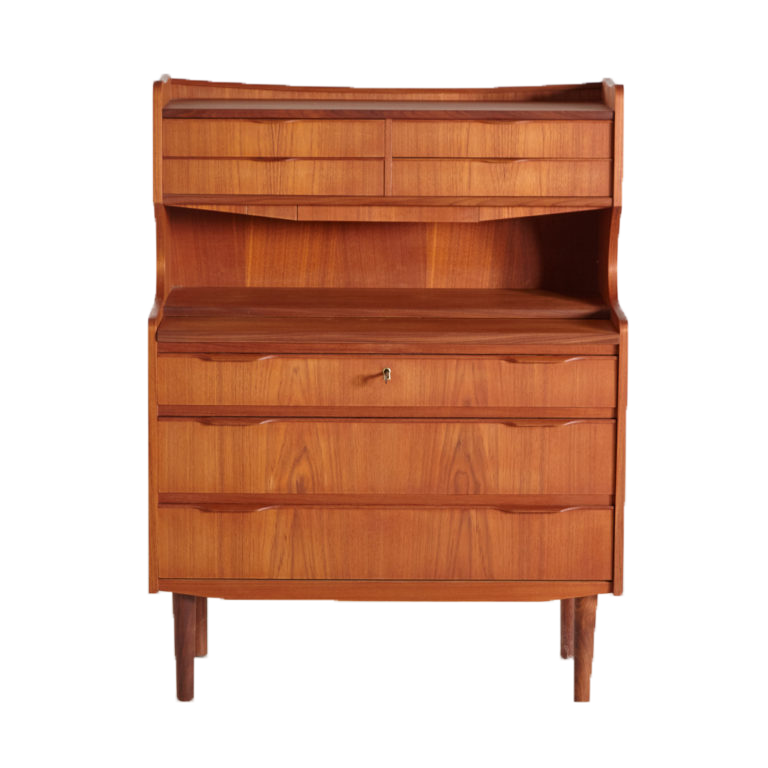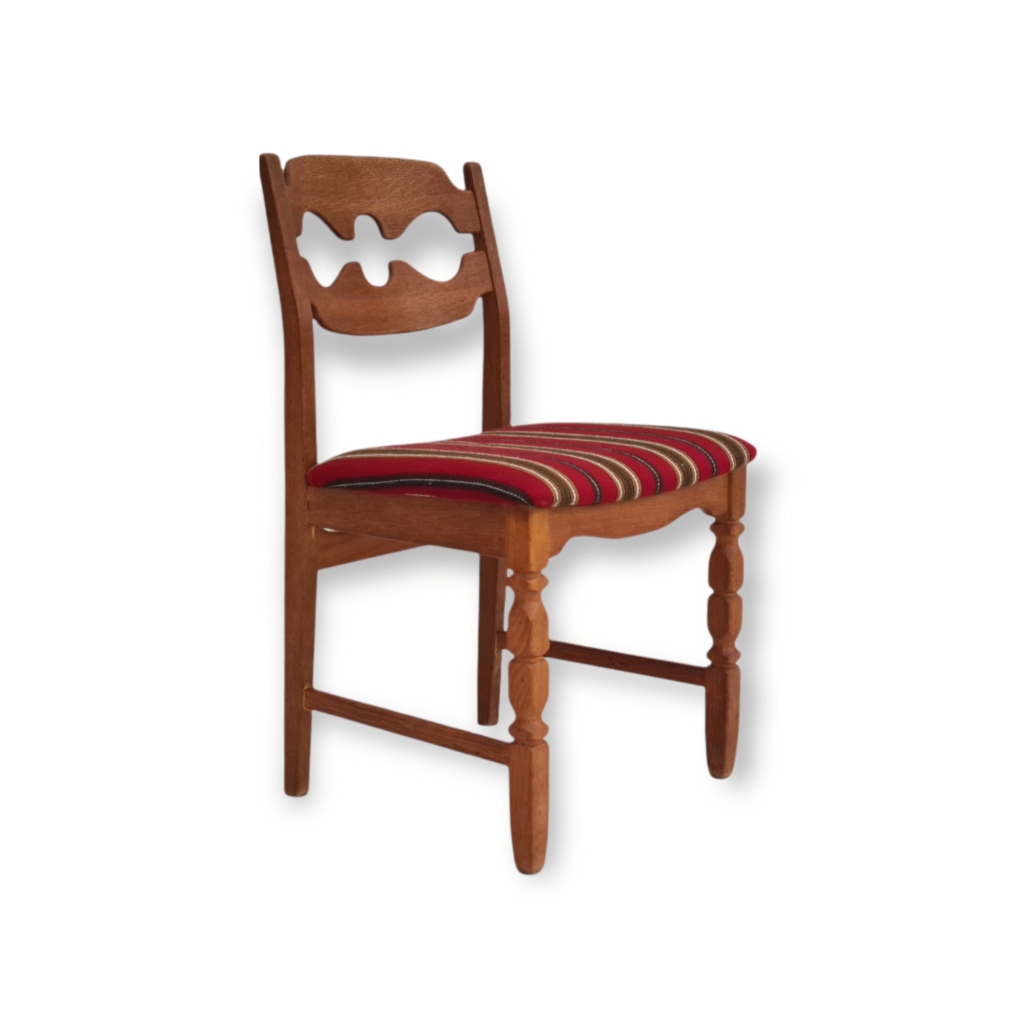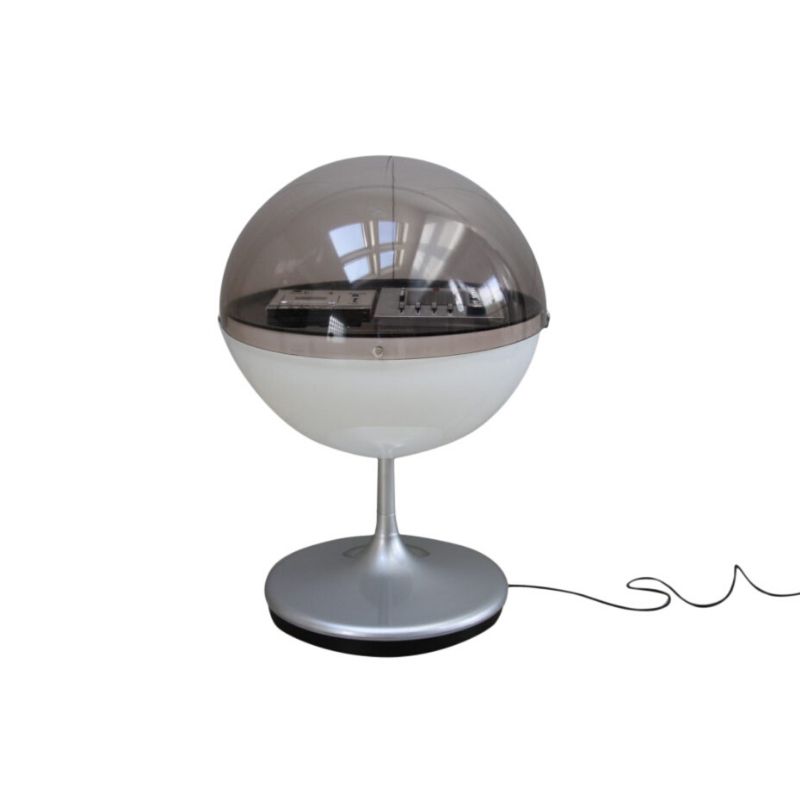A rather nice rosewood table has just come in to be refinished, the legs of the table unscrew with one single screw in either leg. The problem is through age or bad design in the first place the screw is not enough to stop the legs rotating slighly back and forth and causing the table to wobble.
As you can see by the photo below the single screw is in the centre I had planned on putting four further screws on each leg with thread, so they can be removed again and again, around the single screw. I would like anyone elses input as I am no expert and if someone can suggest a less obvious or easier option I am all ears. The legs slide in so I cannot put dowels or similar.

Arthur...
My guess is the legs are moving left to right (as pictured) due to the "pocket they slot into being loose, if so, than It sounds like your idea would work. I'd suggest trying just two other screw to start at opposite corners from the bolt centre ie. top right and bottom left through the rail and into your leg with the original hardware being in the middle of a diagonal line drawn between the new fasteners.
I hope that helps.
So the leg is loose in the...
So the leg is loose in the pocket rather than any problem with the fastener?
I'd avoid adding any extra screws at first...you could try shimming it with very thin paper...from my much lamented smoking days cigarette paper (the roll your own rigzag kind) can do all sorts of fine things.
On second thoughts if that does work and you are handy with snips just buy a few sheets of brass shim from...Lee Valley 🙂 and cut some rectangles to fit.
Or as a crazy from yonder thought cut 2 undersized rectangles of thin aluminium oxide paper and use them as sort of friction washers, with the grit facing each other, if you get my drift.
.
Thanks both for the advice, there is quite a bit of movement heath so I think securing with further bolts is the only way forward I will however start of with two as suggested spd as I think less will definatley be more here and the less changes made the better.
Still working on the furniture heath before I get some heat from you and sdr.
.
Haha ok, I didn't realise it was that loose....you'll get no heat from me! I make sloths look frantic.
Are you stripping the table? Do you use scrapers? I'm a recent convert, they are a gazillion times better, fast, cheap as, no dust or noise from orbitals and leaves a way better finish.
Order anything from Lee...
Order anything from Lee Valley and they throw in scrapers just for the hell of it, I think I've got about 10 and only ever bought 3...sort of makes me look at the orbital and wonder if it'll ever get used for anything more than quickly sanding down pine now.
On the table leg if you're putting extra screws in would macine screws and threaded inserts be suitable? They might be a bit stronger...actually sorry no, there isn't much room is there?
I thought I had
posted a reply to this question, but it isn't here. . .
My take on the problem is to add three or four bolts or screws to each leg, surrounding the original screw and spaced as far as possible from each other. In my experience hardwoods can be drilled and tapped to accept machine screws -- perhaps in cases where the bolts won't be removed and replaced frequently. Or, wood screws could be used. To provide the necessary shear resistance, the fasteners should penetrate the leg as deeply as possible.
In any case, the holes through the table apron must be a snug fit around the (unthreaded) shanks of the bolts or screws. The procedure would be to drill through the apron into the leg at a diameter to accept threads, then chase that hole in the apron with a drill sized perfectly for the shank of the fastener.
Because the drilling locations will almost certainly vary slightly from one leg to the next, the legs should be numbered or lettered to their individual locations.
.
Good thoughts, I wonder if that stretcher (If I'm looking at the construction of the table correctly) is KD and could be causing the problem? If its even a a couple of mm too long and pushing the legs outwards it'll always be loose won't it? Shaving down the stretcher a bit might let you tighten it up properly.
Screw or bolt?
Either way, it's an unusual solution to the knock-down leg issue and not a well advised one. I don't think I've ever seen a leg-to-apron joint like it.
It may be that an added washer or two under the hex head would do the trick, assuming the receiving threads are not stripped out. Additionally, there may be a thread lock problem if the through-hole in the apron was not sized properly for the screws.
I'm not sure
I understand Heath's message. But I assume the problem is the result of a) a faulty design, b) a sloppy or enlarged fit between the leg and the mortise in the apron, and/or c) loose or enlarged fastener hole.
The better design would perhaps have a wedged leg shape mated to a wedge-shaped mortise, such that tightening the bolt would draw the two parts together without allowing the leg to bottom out in its mortise. And it's undeniable that two fasteners rather than one might have done a better job of keeping the joint tight -- for a time, at least. As it is, stress on the leg either in rotation or in the in-out direction has perhaps fatally loosened the fit.
The solution now is to provide much more resistance to rotation of the leg about the axis of the original fastener, and of movement in the other direction as well, by the means I suggest above. It couldn't hurt to improved the tightness of the fit between leg and apron -- but I have mostly abandoned that in favor of a spread array of tight-fitting fasteners. I may not have it right, but it's one viable approach, I believe.
.
I will post a couple more pics today.
The bolt is as tight as I could get it but there is still alot of movement. The original idea of having a removable leg on a table like this was I assume to make it more attractive to a wider range of customers but the design was less well thought out. The main problem is a gap between the top of the leg and the table top as the top extends/slides and any contact between leg and table top would cause obvious problems. because of this small gap the central screw makes movement inevitable.
I will pop out over the weekend and get some inserted threads, I had thought about securing with screws and glue and may ask the customer if this an option to secure the legs for good.
The table top has responded well to initial treatment and I want to make sure I dont get the legs wrong.
The tops of the legs fit into notches in the rails?
Shimming the notches with paper or veneer glued in place and replacing the hardware with bolts or machine screws and threaded inserts may be the only practical recourse. A couple of well-placed additional screws at each joint certainly couldn't hurt.
As for threaded inserts, I've tried them all. Get steel ones and don't bother trying to screw them into rosewood, it ain't gonna happen unless you precut the thread with a machinist's tap. Instead, bore oversize and epoxy them in place making sure to use the strongest epoxy you can get and swab out the hole with acetone first. Use a sharp bit and try not to burn or burnish the hole when boring. Length of the bolts is critical. You don't want them bottoming out. A bit short is better than too long. Also, consider shimming the thru-holes to reduce/eliminate play where the bolts penetrate the aprons.
if it were my table...
If I was the owner, I wouldn't want to see, or need to deal with extra fasteners. So....and while not actually being a woodworker.... I like the shim idea and would look into one or two short hidden wood dowels to keep things aligned and tight. Not sure of the best way of aligning dowel and hole,..maybe a gig/template with three holes (one for the the threaded fastener and two for the dowels). I'd love to hear more from the woodworkers and repairers on this.
If you need any help, please contact us at – info@designaddict.com









